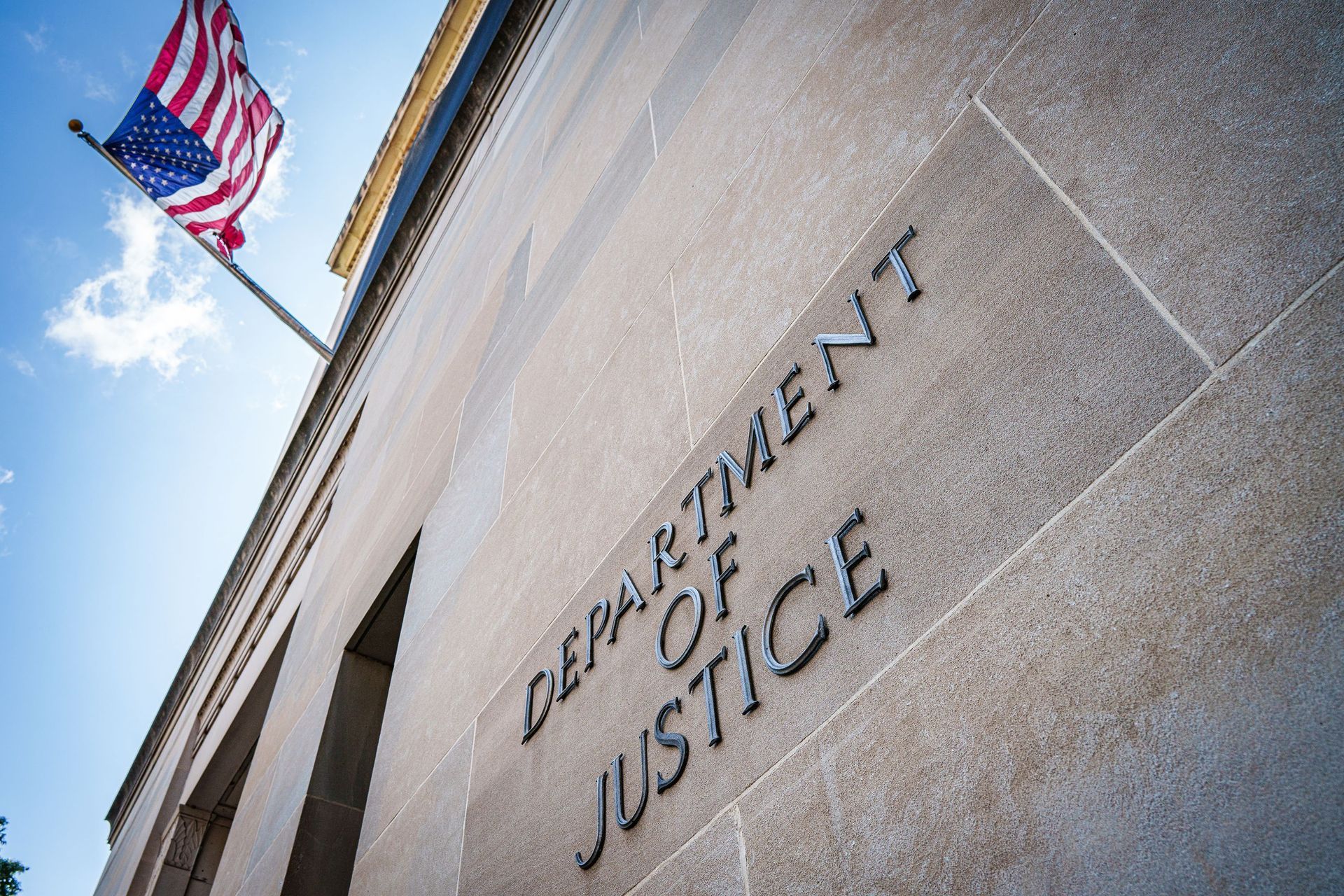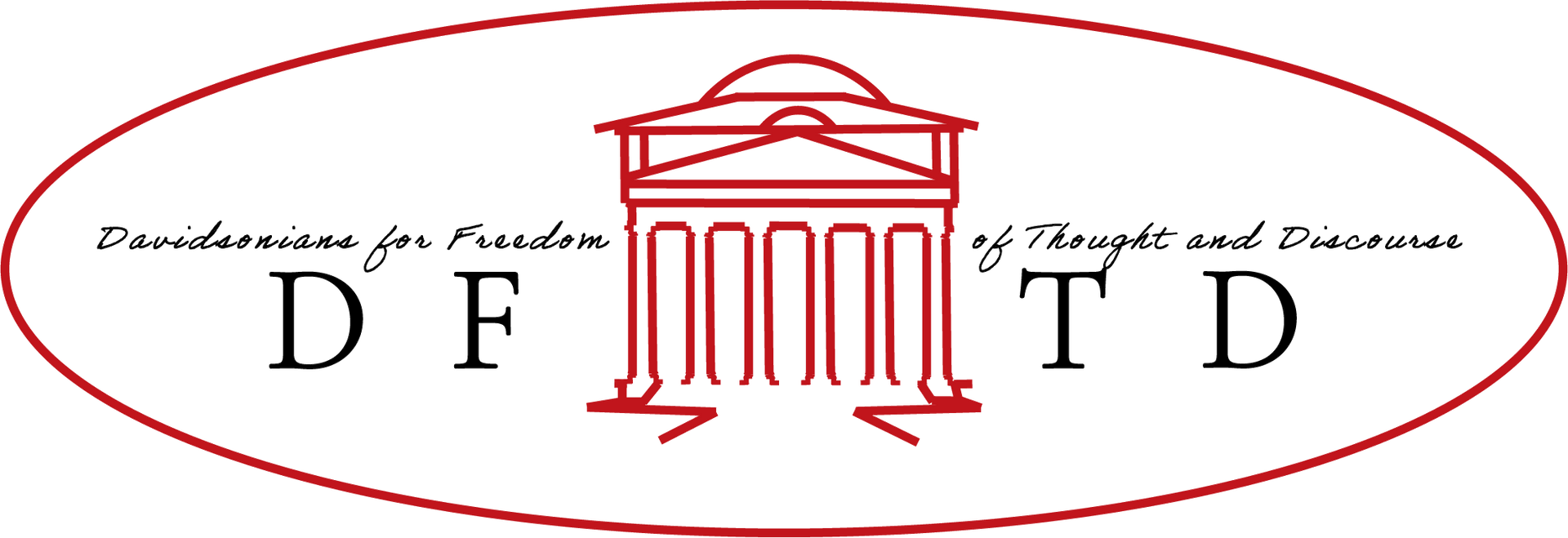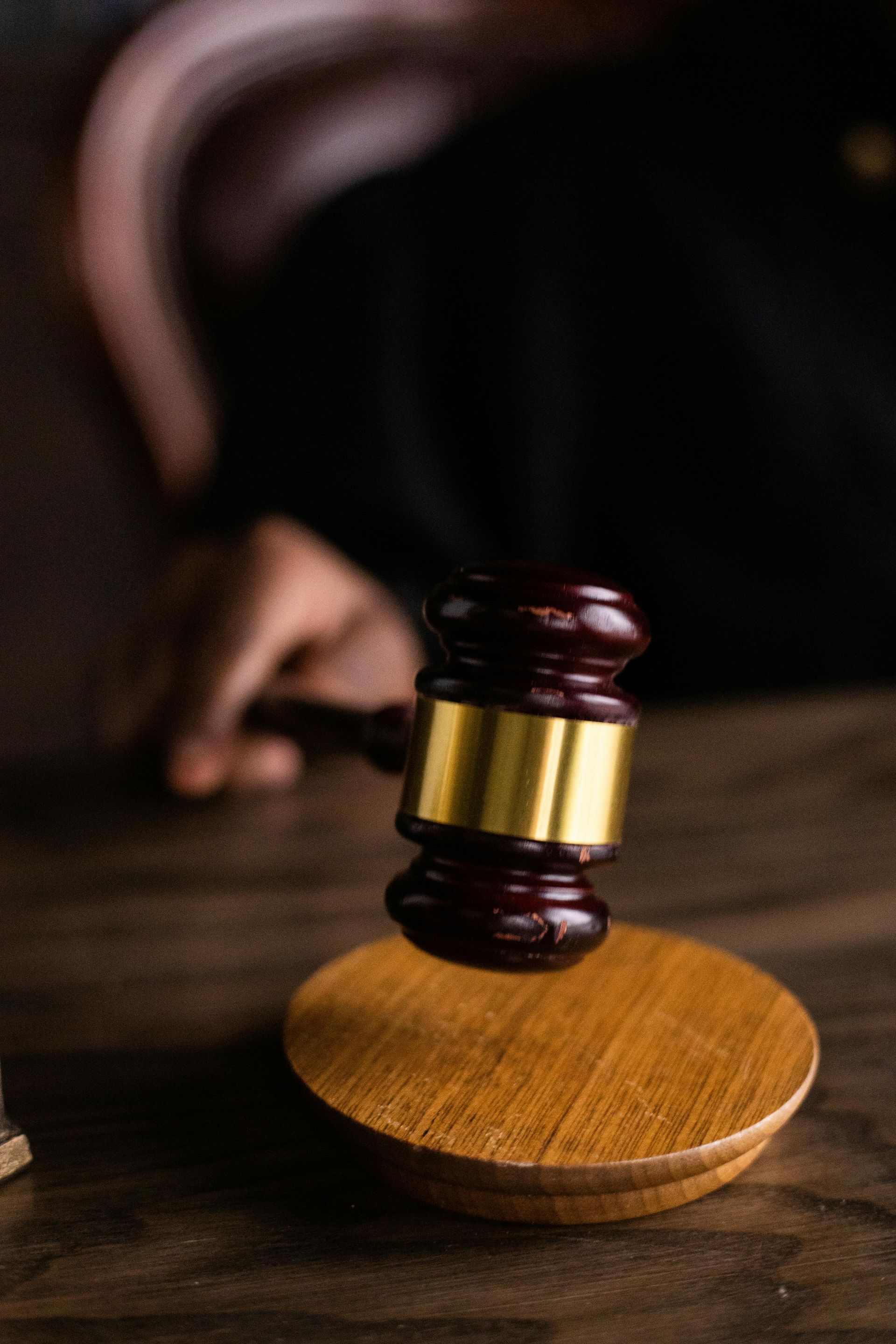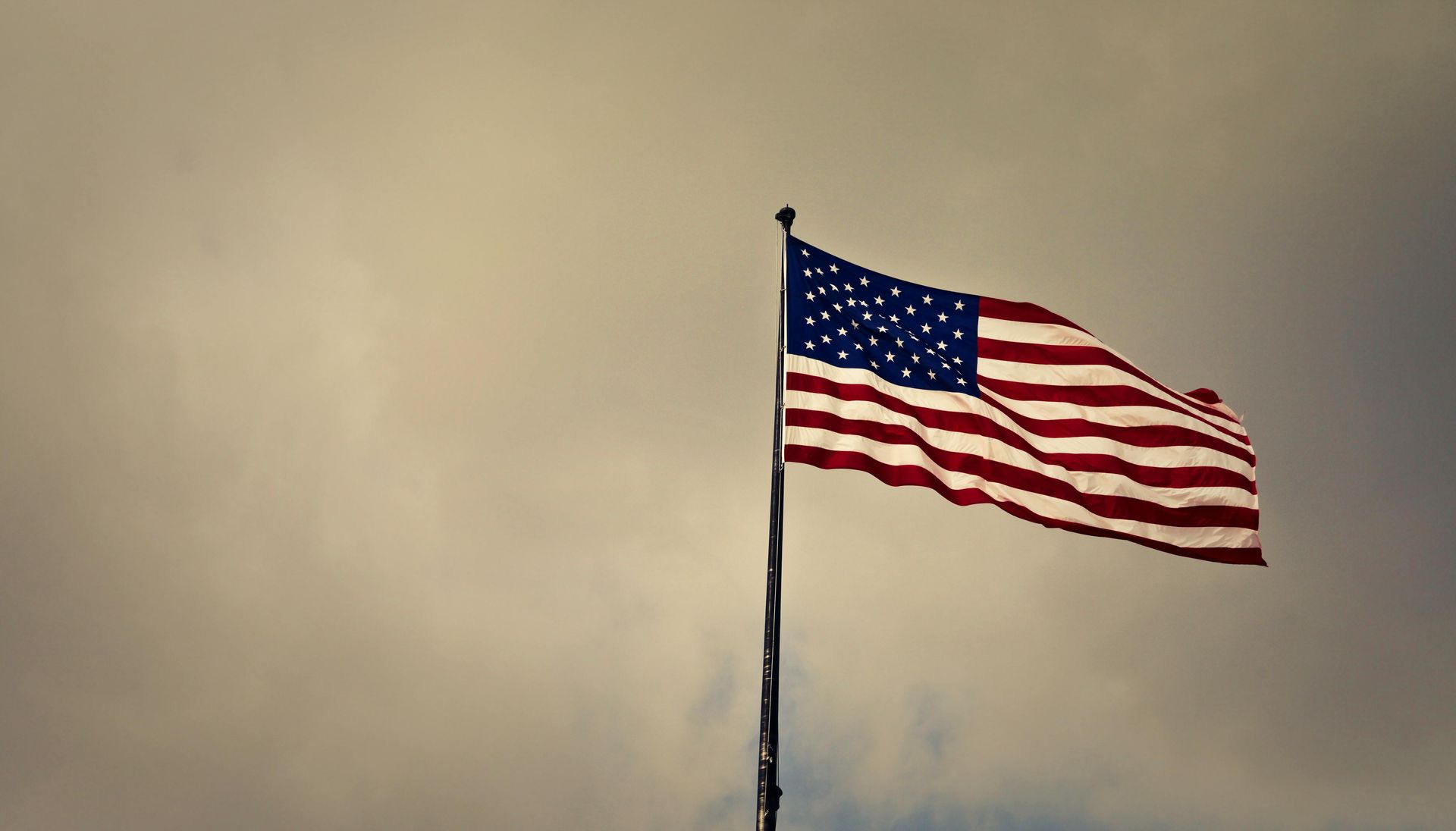How DEI Bureaucrats Control University Hiring
Internal documents reveal how administrators use “diversity checks” to influence the hiring process and engage in discrimination.
City Journal
By John D. Sailor
July 7, 2025
In early 2021, Carma Gorman, an art history professor at the University of Texas at Austin and the designated “diversity advocate” for a faculty search committee, emailed John Yancey, the College of Fine Arts’ associate dean of diversity, seeking approval to proceed with a job search.
“I wanted to make sure that the demographics of our pool pass muster,” Gorman wrote. She noted that 21 percent of applicants were from underrepresented minority groups, with another 28 percent self-identifying as Asian.
“The 21% is enough to move forward,” Yancey replied, but he cautioned that concerns could arise depending on how the applicant pool was narrowed. “If 20 of the 23 URM applicants are dropped in the early cut,” he wrote, “then things don’t look good anymore.”
The exchange, which I obtained through an open-records request, offers a window into a diversity practice adopted at many universities. Documents I’ve acquired from institutions across the country—hiring plans, grant proposals, progress reports, and internal emails—show that routine diversity checks are now embedded throughout the hiring process, often enforced with serious consequences for searches that fail to “pass muster.”
This practice raises not only significant legal questions but also highlights how such policies can concentrate power in the hands of individual administrators, granting them effective veto authority over one of a university’s most consequential decisions: the hiring of tenure-track faculty.
In 2023, Texas governor Greg Abbott signed Senate Bill 17, banning racial preferences and the employment of diversity officers. But just two years earlier, the situation at UT–Austin looked very different.
The documents tell the story. As diversity advocate, Gorman—coauthor of the annotated bibliography Decentering Whiteness in Design History—proposed a detailed diversity plan for her search committee. The plan, which I obtained via a records request, outlined a rigorous process for monitoring diversity at every stage of the hiring process.
“Once we’ve sorted everyone into Qualified and Unqualified groups,” Gorman wrote of the first stage in the search process, the committee would ask an administrator to “check the demographic characteristics” of the initial cut. “If it is a diverse enough group to merit moving forward with the search, fantastic!” But if the pool was deemed insufficiently diverse, the committee would revisit candidates from underrepresented groups who were initially considered unqualified, expand job advertising, or simply “cancel the search entirely.” This step would be repeated for both the shortlist and the finalist slate.
The practice raises obvious legal red flags—particularly when it involves canceling searches outright, effectively denying all candidates a fair opportunity based on immutable characteristics. Yet documents I’ve obtained show that more than a dozen universities have adopted some version of this approach.
At the University of Illinois at Urbana-Champaign (UIUC), for instance, search committees routinely receive reminders about the institution’s diversity-check policy. “Every week, [the College of Liberal Arts and Sciences] will send the diversity of the pool report of your faculty search to the unit for review,” wrote Amy Lawrence Elli, a director of human resources, in an email to several departments.
These emails also included department-specific demographic goals. “For your specific search, [the college] has set a strategic goal to hire more U.S. ethnic/racial minority and female faculty in your unit,” Elli wrote in an email to a microbiology committee.
At UIUC, this scrutiny of race and sex would continue right up to the selection of finalists. Deans would review a “diversity of the pool report” for semifinalist and finalist slates. If the makeup was deemed “sufficient,” then search committees could proceed with interviews; if the pool was deemed “insufficient,” the college would “contact the executive officer and search chair to discuss options within 1-2 business days.”
The policy is not limited to universities in progressive states. In a video I previously reported on, Susan Olesik, the Ohio State University’s divisional dean of math and sciences, told a department that “diversity of the candidates has to be as high of a priority as the scholarship.”
To ensure that priority, Olesik noted that approval for finalist slates would depend on their having the right demographic balance. “If the slate of candidates that you bring forward are not diverse, I will ask you to simply keep searching,” she said.
Emails show how the policies played out in practice. As I’ve reported, one Ohio State search committee seeking a dean’s approval boasted that it was “incredibly fortunate to have found three fantastic Native women scholars/candidates who all identify as Native.” Dana Regna, the divisional dean of arts and humanities, wrote that she supported the list “based upon recruitment and diversity of finalists.”
Regarding another search, Regna’s approval, predicated at least in part on “diversity,” was even more enthusiastic: “I definitely approve! What a diverse process, pool, and finalist list.”
Heavily redacted emails from UIUC show several administrators poring over proposed finalists, at times voicing their concerns. “Attached is the diversity of the semi finalist pool for the AAS search,” Elli noted, along with another comment that was redacted. She added that the college “had set a goal for URM.”
Lloyd Munjanja, the university’s associate director of graduate diversity and program climate, responded, “I will talk with the Associate Deans about this as well before the search moves forward.”
Perhaps unsurprisingly, the records show how this diversity-checking policy encouraged controversial and potentially illegal hiring practices—most obviously, disparate treatment based on race.
For searches that didn’t pass muster, Gorman’s plan proposed adding the highest-scoring minority candidates dropped from consideration back to the shortlist and finalist slate. “I suppose we could each pitch our favorites,” Gorman added parenthetically, “which might surface some folks who were underestimated by the committee as a whole—but just seeing who has the next-highest number of stars seems like a good starting point.”
By threatening to shut down or indefinitely postpone searches, diversity checks create an incentive for departments to adopt additional DEI litmus tests for hiring. At UIUC, Elli listed several strategies for getting a “diverse set of semi-finalists or finalists,” including requiring applicants to submit DEI statements and making the “ability to enhance the diversity of your department” an evaluation criterion. DEI statements, which Elli promoted repeatedly in boilerplate emails, have grown increasingly unpopular, even among progressive academics, and are seen by many as ideological litmus tests.
Diversity checks reveal something more subtle about the DEI era. These overbearing, often clever policies have not just sanctioned a legally tenuous obsession with race. They also confer power—giving administrators, many pursuing an ideological agenda, the ability to delay, halt, and redirect departments in their most important decision-making capacities.
If there’s one key lesson here, it’s that the desire for power, not ideology alone, gave rise to the social-justice university. More than likely, power will also prove its undoing.
John D. Sailer is the director of higher education policy and a senior fellow at the Manhattan Institute.



